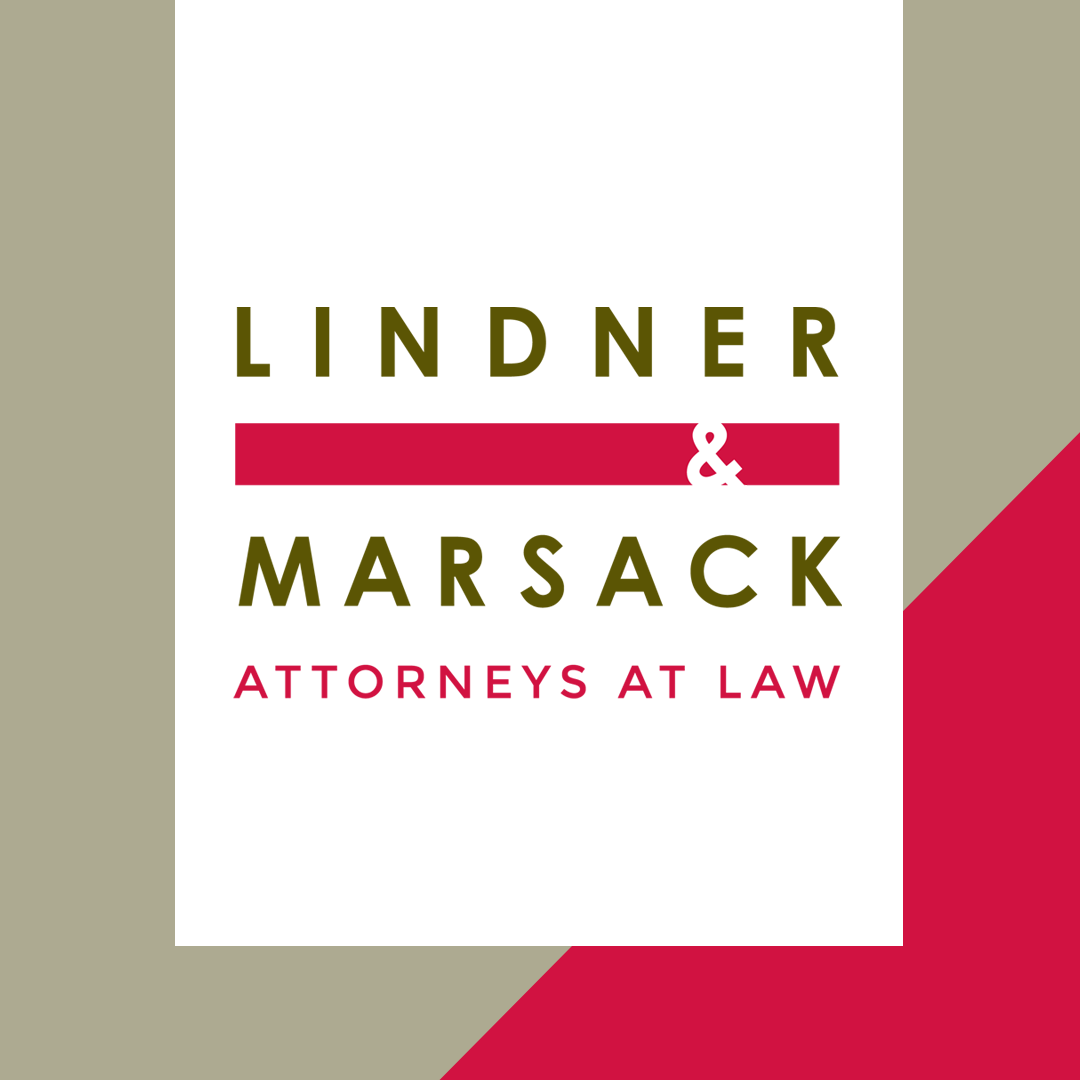By: Sally A. Piefer Wisconsin law mandates a number of different leaves for employees, including family and medical leave. Effective July 1, 2016, Wisconsin joined the growing number of states which now require private employers to provide leave for employees who are bone marrow or organ donors. This new law warrants the attention of Wisconsin […]

Wisconsin Mandates Leave for Organ and Bone Marrow Donation
Leave a reply
